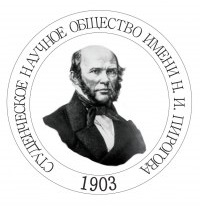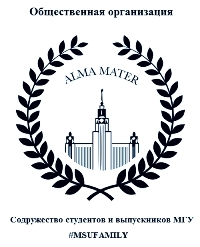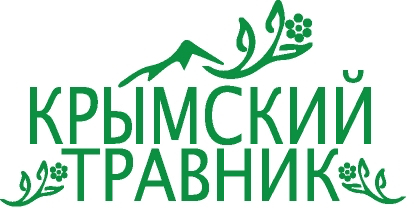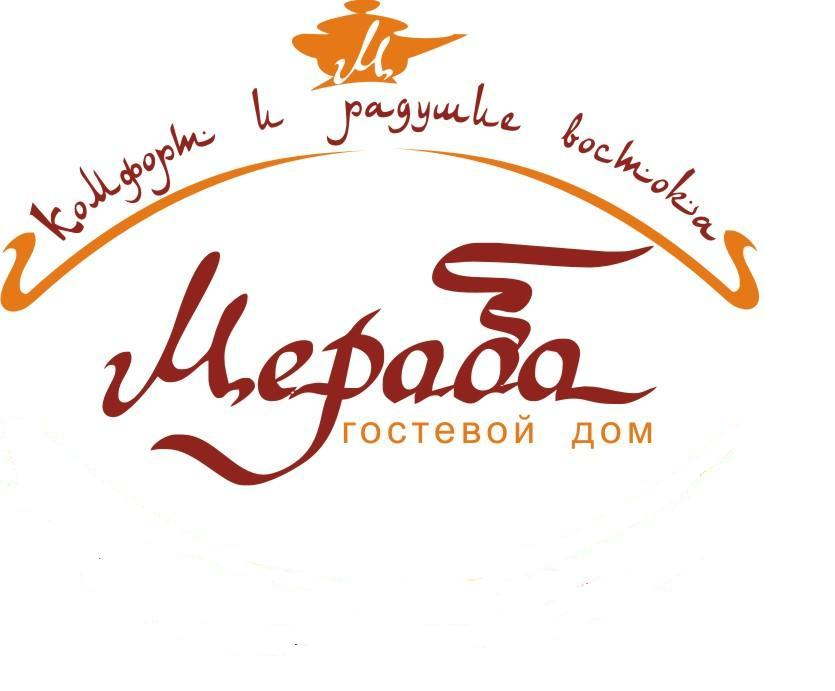МОЛОДЁЖНЫЙ ПРОЕКТ ДЛЯ ТЕХ, КТО ДЕЛАЕТ ПЕРВЫЕ ШАГИ В НАУКЕ
/components/bitrix/system.auth.form/auth_alm/images/login.gif) Войти
Войти /components/bitrix/system.auth.form/auth_alm/images/register.gif) Регистрация
Регистрация
Войти в корпоративную почту как автор/член редколлегии/рецензент журнала




Почвенная матрица
Зубкова Т.А.
Почвенная матрица
Зубкова Татьяна Александровна, доктор биологических наук, ведущий научный сотрудник факультета почвоведения МГУ имени М.В.?Ломоносова
E-mail: dusy.taz@mail.ru
Матрица в почве — поверхность твердых частиц. Именно на матрице происходят все взаимодействия в почве. Матричный подход учитывает всю смесь твердых веществ почвы в отличие от традиционного подхода с разделением компонентов почвы на органические, неорганические, алюмосиликаты, глинистые минералы, легкорастворимые соли, микроорганизмы, питательные элементы и другие. Главная функция матрицы — организовывать в определенном порядке химические соединения, вещества, частицы, микроорганизмы и иммобилизацию ферментов.
В статье изложены основные положения матричного подхода, рассмотрены общие принципы матричной организации почв, ее влияние на протекающие в почве процессы.
Ключевые cлова: почвенная матрица, минеральная, органическая и органоминеральная матрица, размеры и активность матрицы, матричный гумус, матричные процессы в почве, адгезия микроорганизмов, иммобилизация ферментов, каталитическая активность, агрегатное структурообразование, матричный механизм миграции частиц, степень межчастичного контактирования в почве.
Zubkova T.A. Soil Matrix
Tatiana A. Zubkova, D.Sc. (Biology), Leading Researcher at Pedology Department of Lomonosov Moscow State University
E-mail: dusy.taz@mail.ru
Soil matrix is a surface of particles. There are all interactions in the soil on a matrix. Matrix approach takes into account the whole mixture soil solids as opposed to the traditional approach with a separation of soil components on the organic, inorganic, aluminum silicate, clay minerals, highly soluble salts, microorganisms, nutrients and other.
This article focuses on the structural and spatial organizing role of soil matrix. Article is a conceptual generalization of some Russian and foreign researching in this field and my own previous studies. Object of my researches is a mineral matrix in different soils, the horizons and soil formation rocks. Based on an analysis of data from these studies in my article, I show that the main function of a matrix is to organize chemical compounds, substances, particles, microorganisms and enzymes immobilization in a certain order. The matrix has the sizes and chemical activity, part of ones is inherited by the soil from rock. I determined the matrix sizes by isotherms of adsorption-desorption of water vapors (BET method), and acidity by a method of the programmed thermal ammonia desorption. the effect of soil matrix in terms of the matrix processes, such as adhesion of microorganisms, immobilization of enzymes, formation of a humic matrix, catalytic reactions, aggregates formations, the matrix mechanism of particles migration in the soil. Crystallization, genesis of new soil formations and new matrix clusters (compounds of iron, phosphorous, soluble salts) is also the matrix processes.
I conclude the matrix organization of soil allows determining consistent patterns of information transfer about molecular contacts on macro level (aggregates, the horizons, a soil profile). Structural parameters of the soil set the direction of this process, and it may be subject to bans on some of ones. These parameters play a barrier role at the minimal interparticle interaction, and its translation on properties of aggregates takes place at maximal one.
Keywords: soil matrix, mineral, organic and organic-mineral matrix, matrix sizes and activity, humic matrix, matrix processes in soil, adhesion of microorganisms, enzymes immobilization, catalytic activity, aggregate structure formation, matrix mechanism of particles migration, degree of interparticle interaction in soil.












